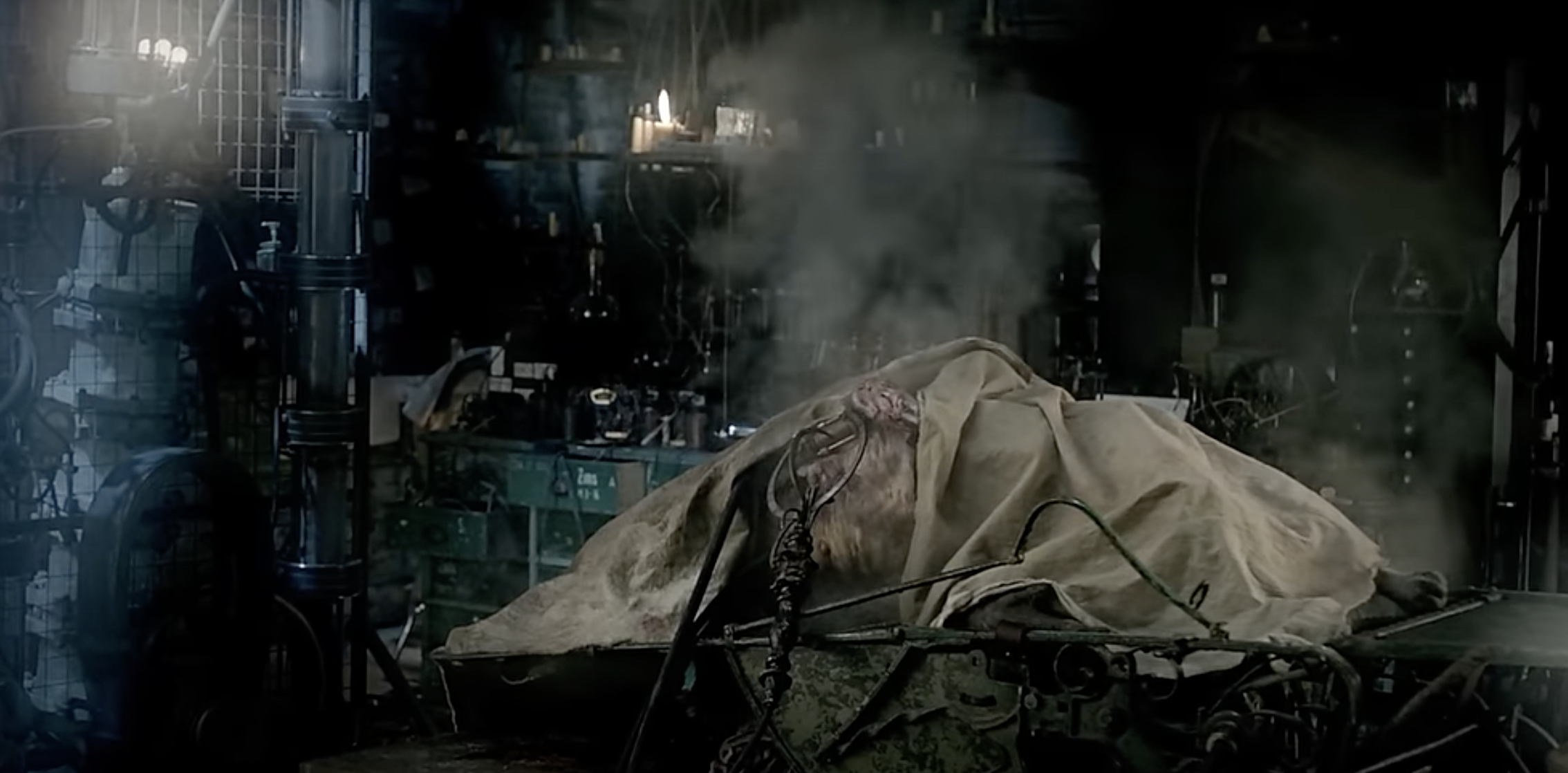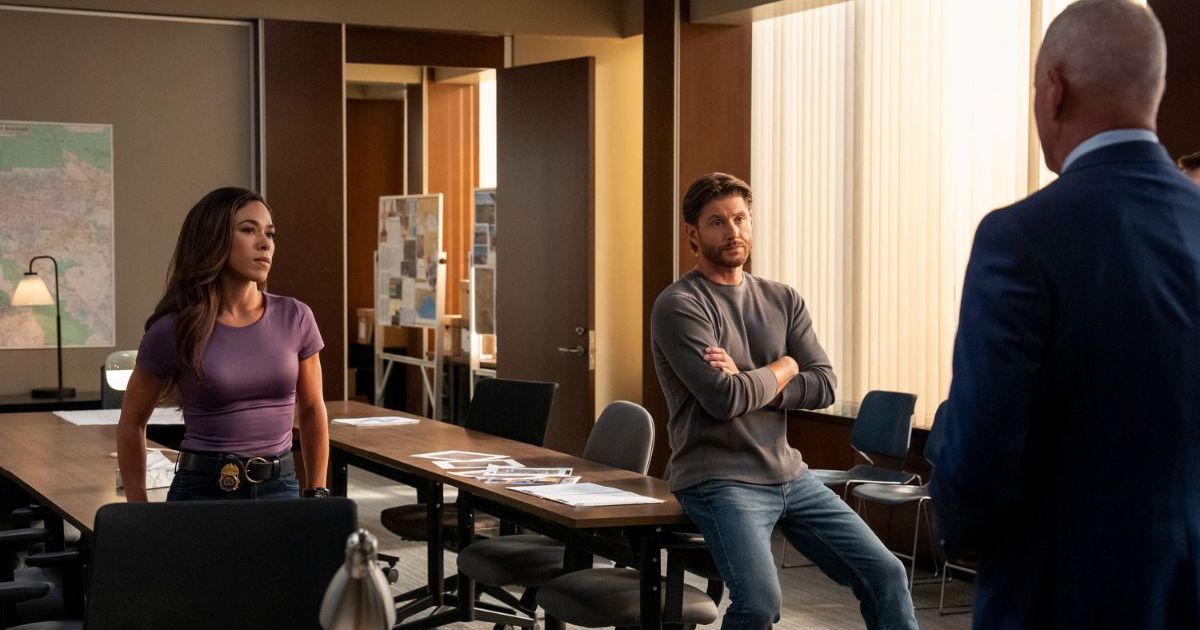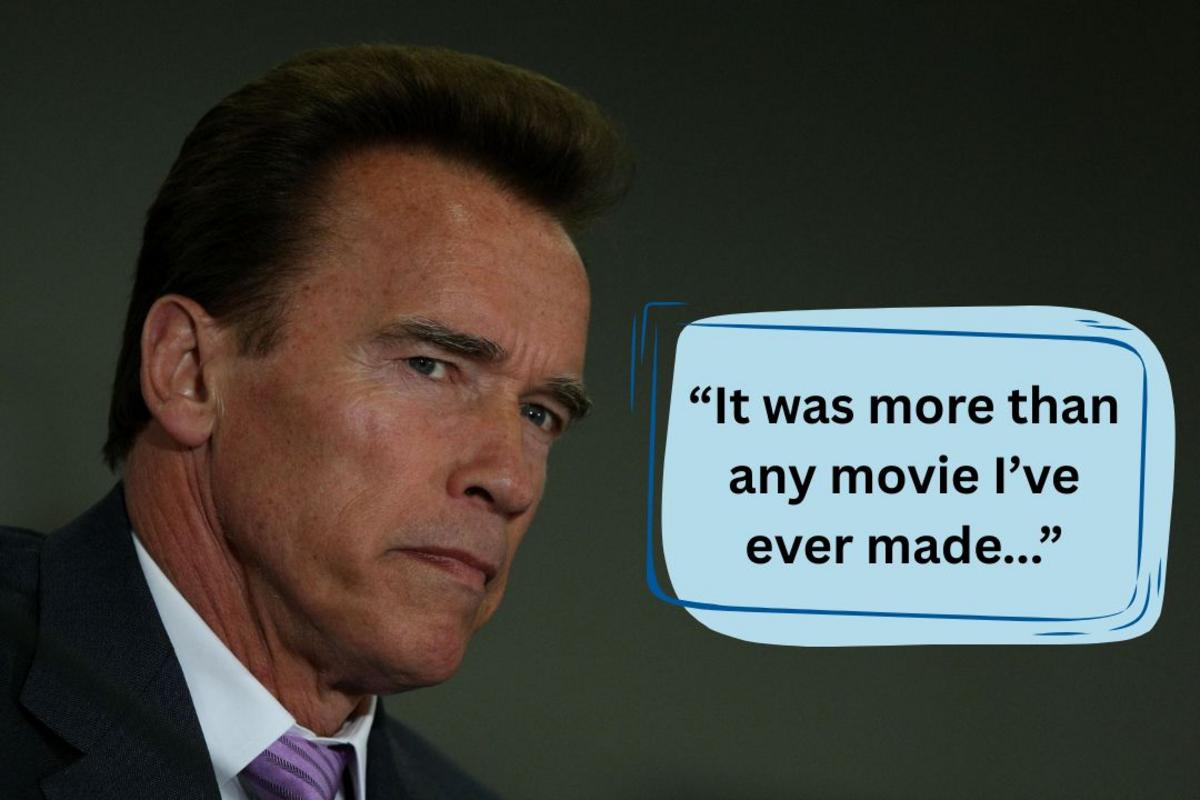By this stage in his illustrious career, it’s hardly controversial to call Guillermo del Toro one of the world’s foremost Gothic filmmakers. The aesthetic practically bleeds from his virtuosic visuals and distinct set designs, while his storytelling often reflects Gothic sensibilities. Although its presence can vary, from the undeniable Gothic genre piece Crimson Peak to the dark fantasy and magic realism melding of Pan’s Labyrinth, or the gritty, subversive superhero epics Hellboy and Hellboy II: The Golden Army, Gothicism is always woven in the fabric of his films at some visual or narrative capacity. You can even find it in Pacific Rim, for Chrissake!
Thus, it was seemingly inevitable that del Toro would apply his generational talents to adapting the most famous Gothic story of all time, Mary Shelley’s Frankenstein.
I call this adaptation “inevitable”, but perhaps fate is a better word to describe such a marriage of art and artist. However, del Toro’s Frankenstein will not be a direct adaptation, as he will instead tell his own story inspired by the original novel, partly taking place 40 years after the creation of Frankenstein’s monster. It has been a lifelong dream of del Toro’s to make a Frankenstein film, but the production has languished in development hell for many years, conveying his vision for the film even as far back as 2008, where he said that “I’m not doing ‘Mary Shelly’s Frankenstein.’ I’m doing an adventure story that involves the creature. I cannot say much, but it’s not the central creation story, I’m not worried about that.”
So, the monster’s creation will be part of the story, but not the whole story, and most interestingly, del Toro’s rendition will also feature Dr. Pretorious, who is not a creation of Shelley’s, but rather he first appeared in the 1935 classic film The Bride of Frankenstein, showing the filmmaker’s willingness to embrace the best elements of Frankenstein lore, whether it be a novel or a film. It also helps that del Toro has a cast of immensely talented actors to bring his vision to life, featuring Oscar Isaac as Victor Frankenstein, Jacob Elordi as the monster, Mia Goth as Victor’s fiancée Elizabeth Lavenza, while two-time Oscar winner Christoph Waltz will play Dr. Pretorious, who is likely the central villain. Additional cast members include Felix Kammerer, Lars Mikkelsen, David Bradley, Charles Dance, and Ralph Ineson.
All this seems to line up for what should be another compelling rendition of the classic monster story, though del Toro recently caused a stir for some film fans when at the Cannes Film Festival, saying during a conversation that “It’s an emotional story for me. It’s as personal as anything. I’m asking a question about being a father, being a son… I’m not doing a horror movie — ever. I’m not trying to do that.” If not a horror movie in the traditional sense, then what can it be?
Upon taking a moment to consider del Toro’s filmography, it becomes abundantly clear that such an approach is quite on-brand for the visionary filmmaker. He has always had a soft spot for the ‘other’ of society, saying as much during an impromptu Q&A he held after a screening for The Shape of Water at the 2017 Toronto International Film Festival, which I attended. He most closely relates to the monster, and as such wishes to approach a story about him from a more empathetic perspective, honing in on, by his own admission, the relationship between a father and son, amongst other themes, I’m sure. Even the film’s Oscar-winning composer, Alexandre Desplat, admitted, “I think the music of ‘Frankenstein’ will be something very lyrical and emotional… I’m not trying to write horrific music.”
Fear not (kind of), though, as there will no doubt be elements of horror and the macabre injected into his semi-adaptation, as is typical with a del Toro feature. This is most apparent from a set image released in January, which showcases Oscar Isaac’s Victor Frankenstein standing in his lab – whose set design is quintessential del Toro – surrounded by human body parts and viscera, while the monster is on an operating table to the side, camera looming over him. There is even metal grating in centre of the lab’s floor to allow the blood to drain from the room.
If you’re still not assured, just consider, once again, the likes of Pan’s Labyrinth and The Shape of Water, each of which features elements of horror, yet it is blended into what are deeply emotional and affecting stories. We have seen del Toro tread these genre lines time and again with grace and emotional resonance, and if anything, his latest comments have me even more excited for his Frankenstein, which concluded filming in Toronto September last year, and is set to release in November on Netflix.




